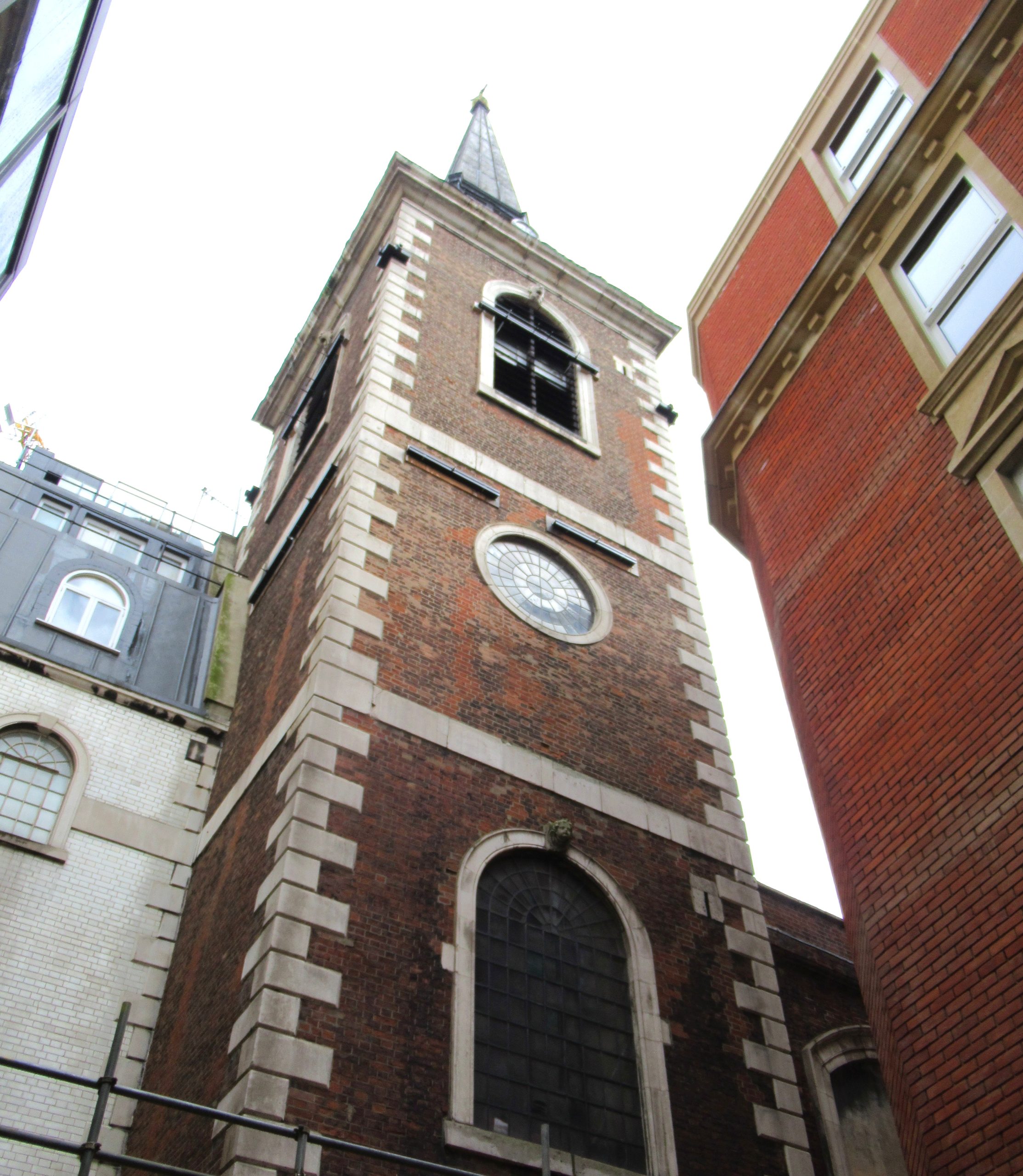St Mary Abchurch, London
Client: Ayesa
Location: London
Approved Installer: Paye Stonework & Restoration Ltd
One of the country’s most valuable and historic churches, St Mary Abchurch was rebuilt by Sir Christopher Wren following destruction of its predecessor in the 1666 Great Fire of London.
Situated in the heart of the Bank Conservation Area, its unassuming exterior, constructed in plain red brick and stone on the orders of the then King, Charles II, hides an exquisite interior. Virtually unchanged from Wren’s original, it is bedecked with a unique array of superb original wood carvings by two of the greatest decorative carvers in British history.
One of the few historic City churches to avoid substantial damage in the Second World War, the Grade I listed building stands today as a monument to the expertise of one of England’s most famous and highly acclaimed architects.

The Challenge
Just off Cannon Street in the heart of the Square Mile, St Mary Abchurch was located above and adjacent to the site of the recently completed Bank Station Capacity Upgrade project. This major construction project involved the creation of a new Bank Station passenger entrance directly adjacent to the church, a new passenger concourse and new and extended underground tunnels below the building.
Whilst the building was fully surveyed and monitored throughout by tunnelling contractors Dragados, London Underground and Engineer, Ayesa to mitigate the impact of the work on the architectural integrity of the historic structure, the project highlighted deterioration in the structure and the presence of a number of existing gaps and cracks within the internal face of the walls of the bell tower.
During tunnelling works, temporary structures were installed to brace the tower and on completion of the Station project, a substantial plan was put in place to repair the cracks prior to the removal of the temporary bracing.

The Solution
As the unique nature and historic significance of the building meant that rebuilding or replacing damaged areas of brickwork was not an option, Conservation Accredited Engineers from Ayesa devised an arrangement of socked anchors combined with traditional ties. Working alongside Paye Stonework & Restoration Ltd, experts in high performance, non-disruptive masonry repair and refurbishment techniques, they prepared a specification for refurbishment of the damaged areas.
Paye called in anchor experts from Leviat’s Helifix team, who provided a comprehensive solution to Ayesa’s design using their innovative Helifix SockFix, a mechanically grouted sock anchor system designed specifically to strengthen and stabilise existing masonry structures.
The grout-filled socks are designed to expand, forming a strong chemical/mechanical bond that stabilises and secures cracked and damaged masonry, leaving the wall structure rigid and secure.
The Outcome
To repair and strengthen the damaged walls, Paye, a Helifix Approved Installer and one of the country’s largest and longest established historic façade specialists, installed a total of 48 Helifix SockFix anchors, 16mm in diameter with large diameter socks, in lengths ranging from 1.0 to 1.6 metres.
A further 45, 1m long, 6mm diameter Helifix HeliBars were also used to consolidate and stitch cracks in the tower walls.
The result is a strong and rejuvenated tower structure that perfectly retains the historic aesthetic of this unique building.